AP psych-scientific methods
1/34
There's no tags or description
Looks like no tags are added yet.
Name | Mastery | Learn | Test | Matching | Spaced |
|---|
No study sessions yet.
35 Terms
scientific method
set of assumptions, attitudes, and procedures that guide researchers in creating questions to investigate, in genreating evidence, and in drawing conclusions.
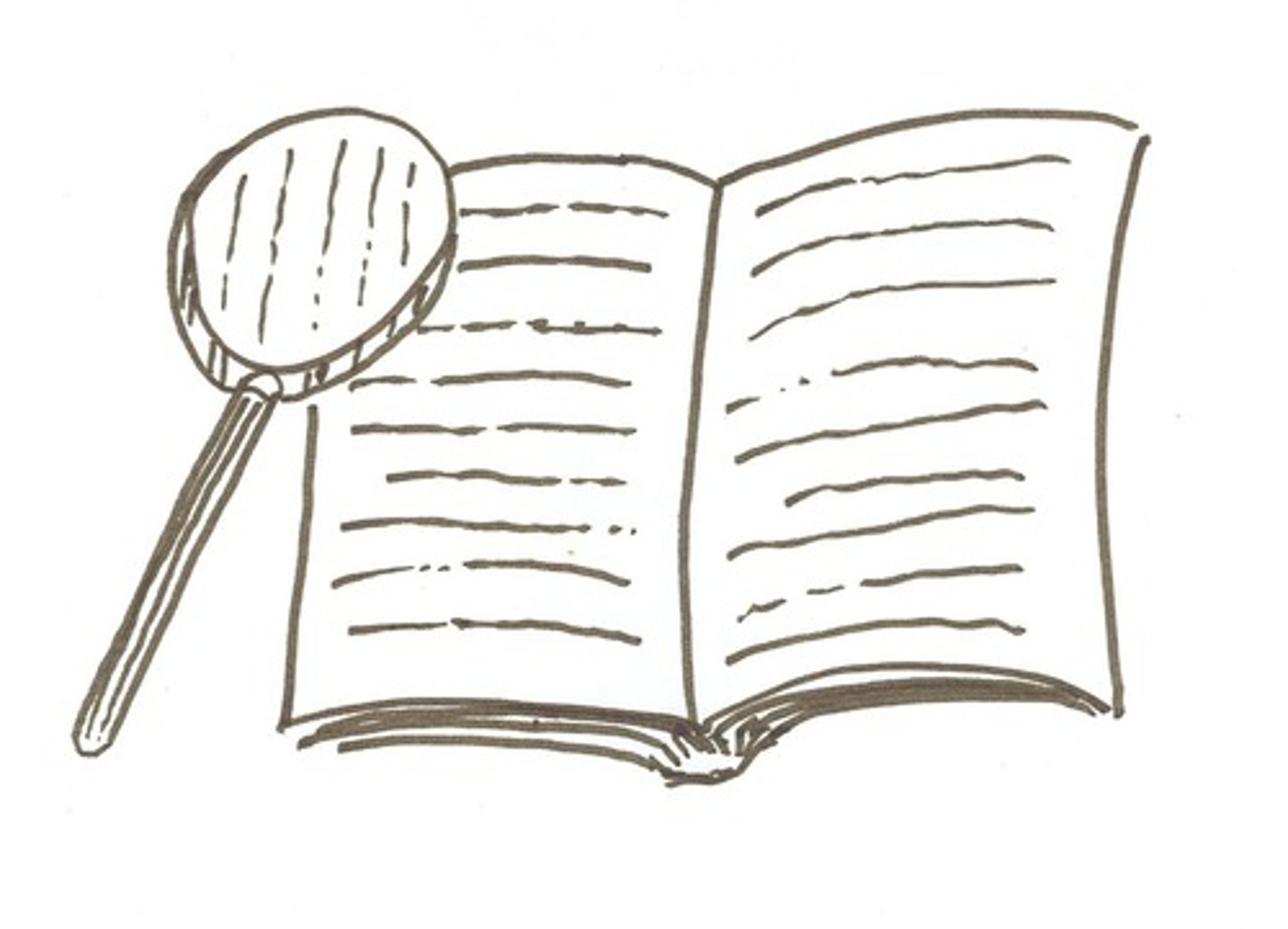
hypothesis
a prediction that will describe a relationship between two or more variables

operational definition
precise definition for terms specific for this study
dependent variable
they depend on the independent variable; what is measured; the outcome
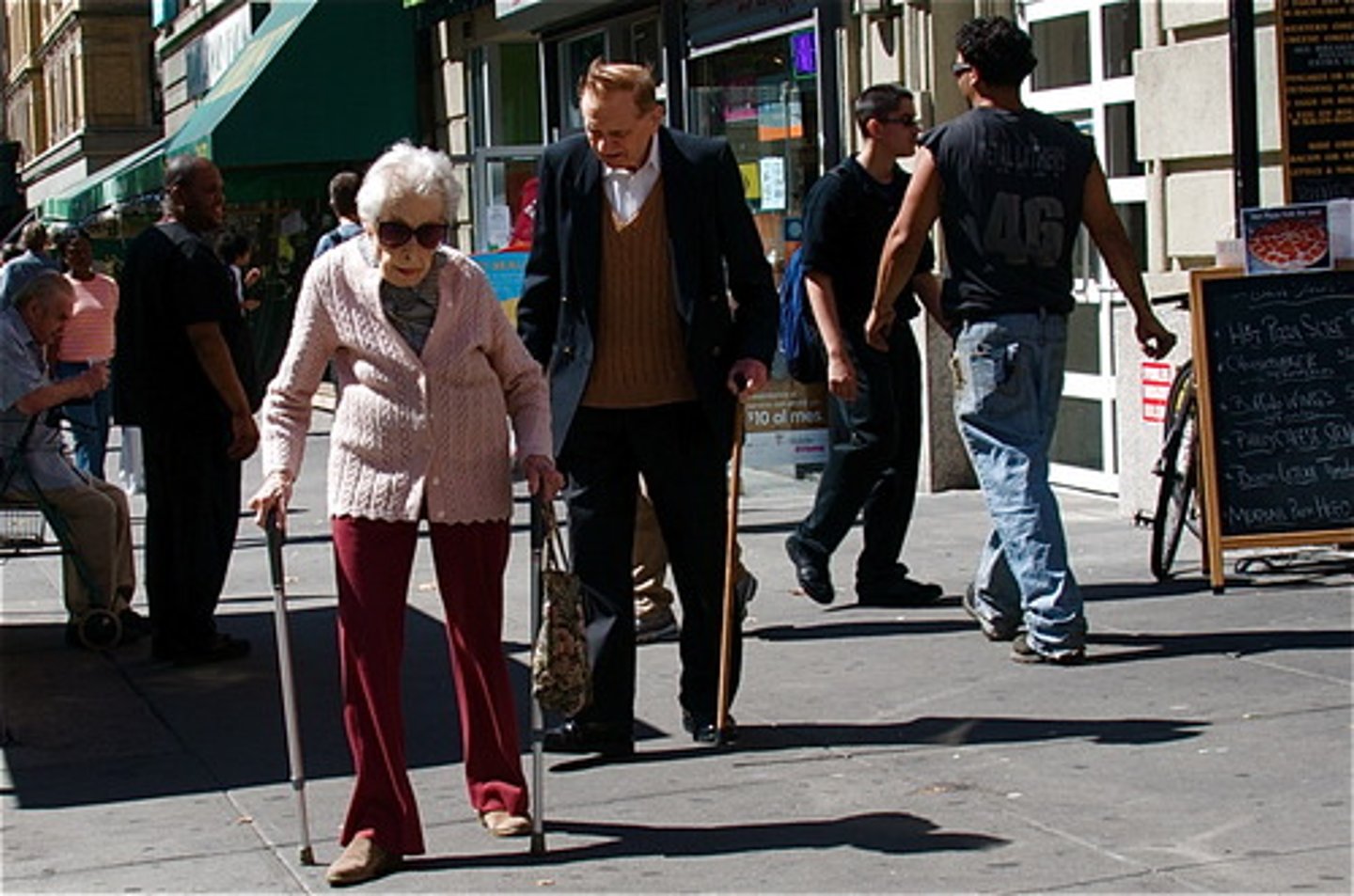
independent variable
controlled by researcher, manipulated.

confounding variable
anything that differs between an experimental group and a contol group, besides the independent and dependent variables. ex age, health, where oyu slept

norms
standards of performance

meta analysis
pulling the result of several studies and looking for an overall trend

theory
an organized system of assumptions and principles that purports to explain certain phenomena and how they're related
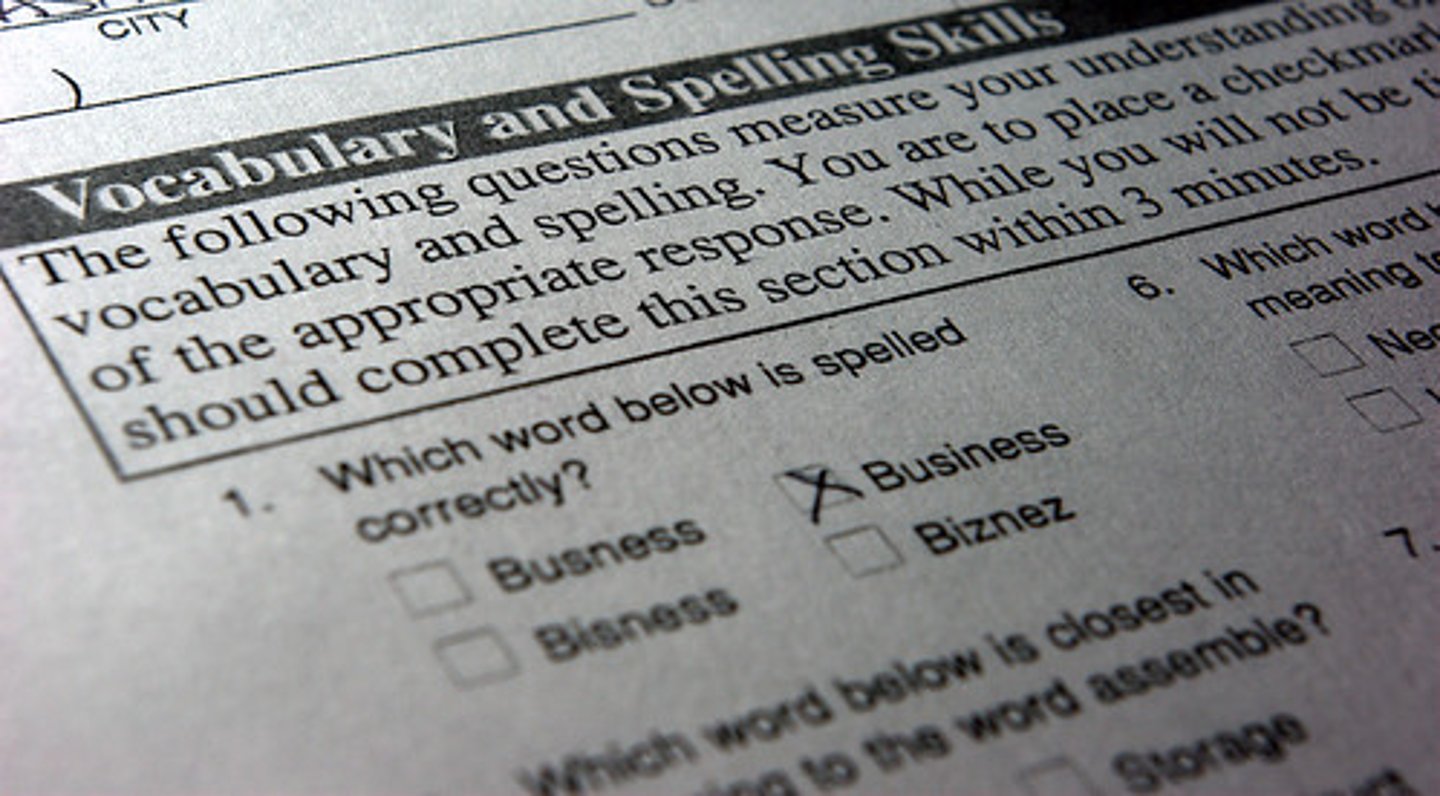
random sample
process of randomly choosing group to participate from the population.
confirmation bias
the tendency to look toward support for your own beliefs

random assignment
after sample, you sign them to a condition, a control group or experimental group
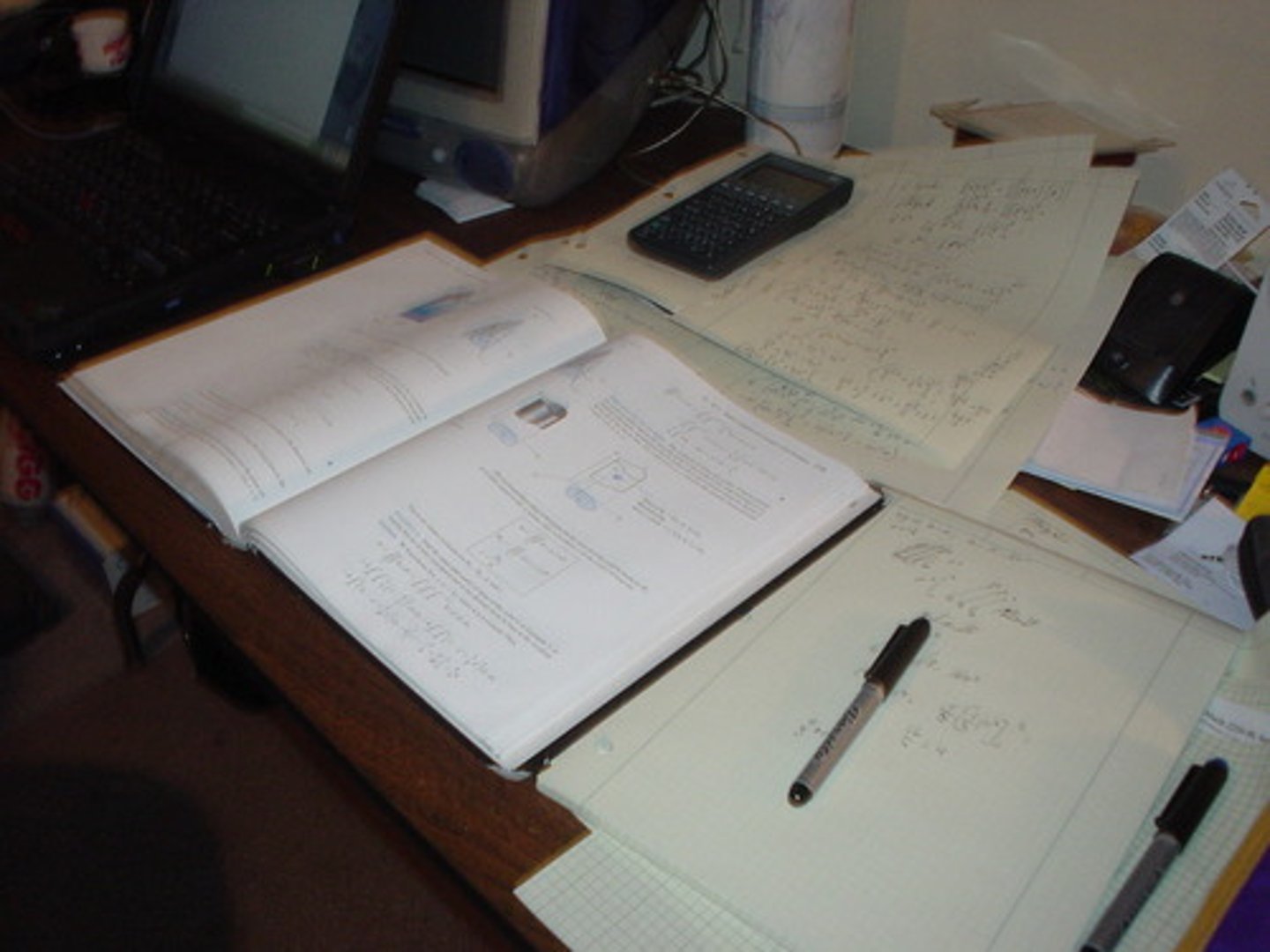
correlational studies
assess the degree of association btw 2 or more attributes that occur naturally (not manipulated); shows how strongly factors are related.

correlation coefficient
numerical indication of the magnitude and direction of the relationship (correlation) btw two variables

positive correlation
when one variable is up and the other variable is up
negative correlation
when one variable is down the other is up
placebo
inert substance; a treatment that has no known effects

expectency effect
changes occur simply because you expect it.

single blind study
only the researchers know who has the placebo
double blind study
when neither the participant nor the researchers who interact with them are inaware of who gets the placebo
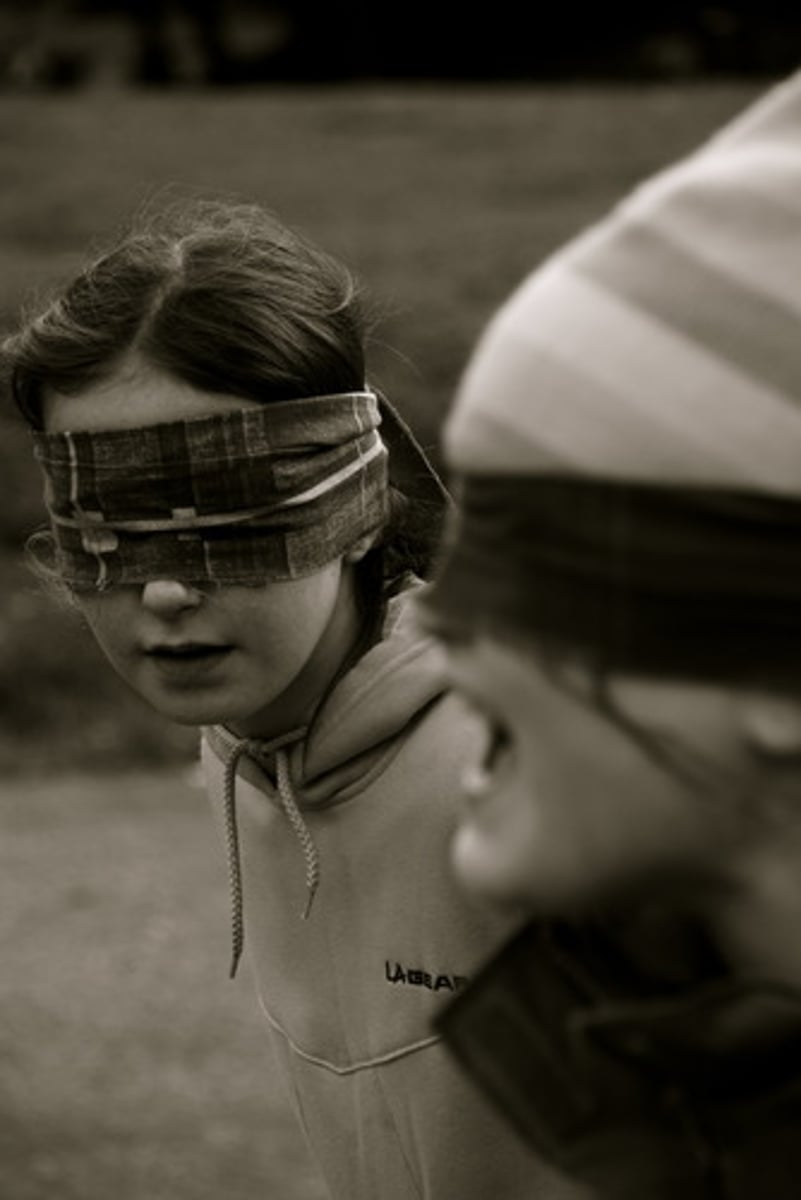
longitudinal study
uses subject that start out the same age, they are followed for a long period of time and are assessed periodically.

cross sectional study
uses different age groups

histograms
aka bar graph, on the y axis=frequency, x axis=topic
frequency distribution
aka line graph
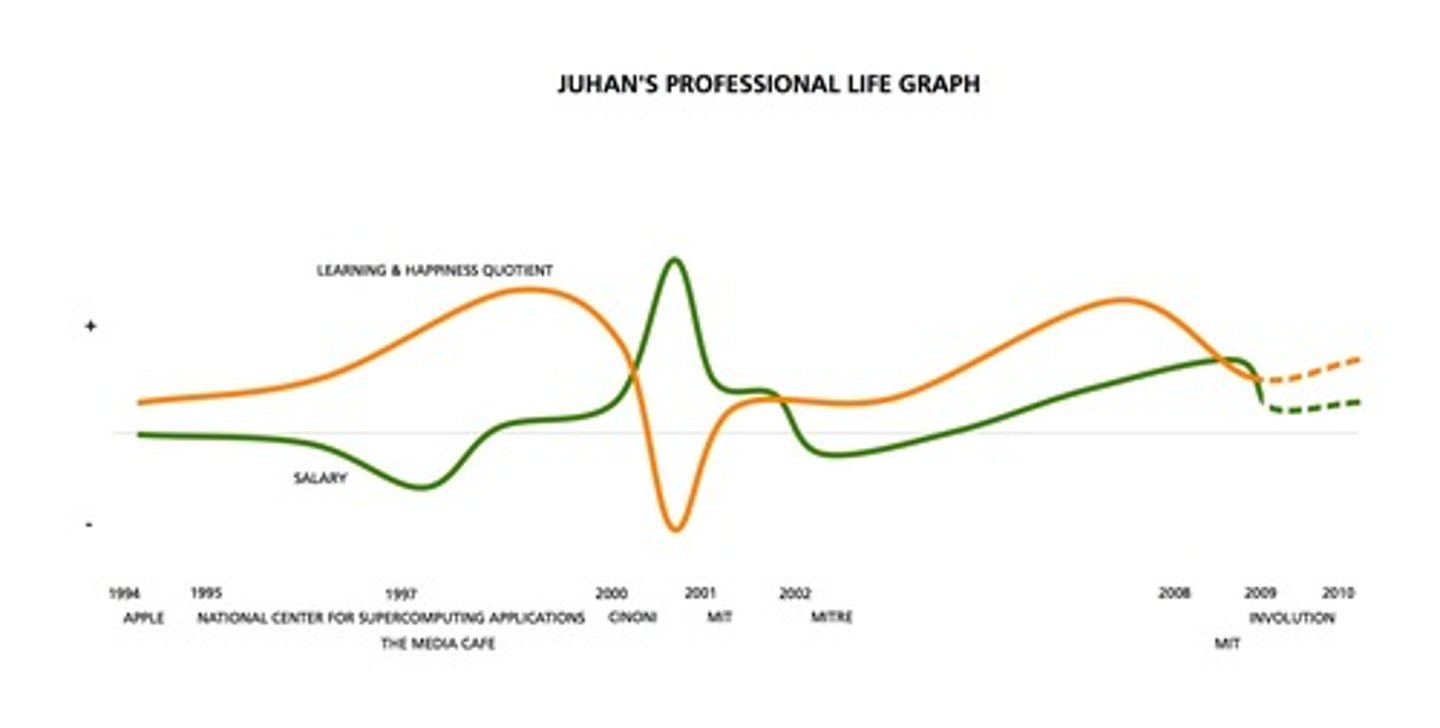
median
central score or middle score
mode
score that occurs most frequently
mean
average, add all and divide
positively skewed
more low scores than high scores

negatively skewed
if the extreme score is low and contains more high scores than low
z score
distance from the mean in units of standard deviation
standard deviation
going to be figured out in square root
normal distribution
Expected distribution given a random sampling of people across a large population
range
the difference between the highest and lowest scores in a distribution
ethical standard
informed consent, coercion, anonymity/confidentiality, risk, and debriefing procedures.
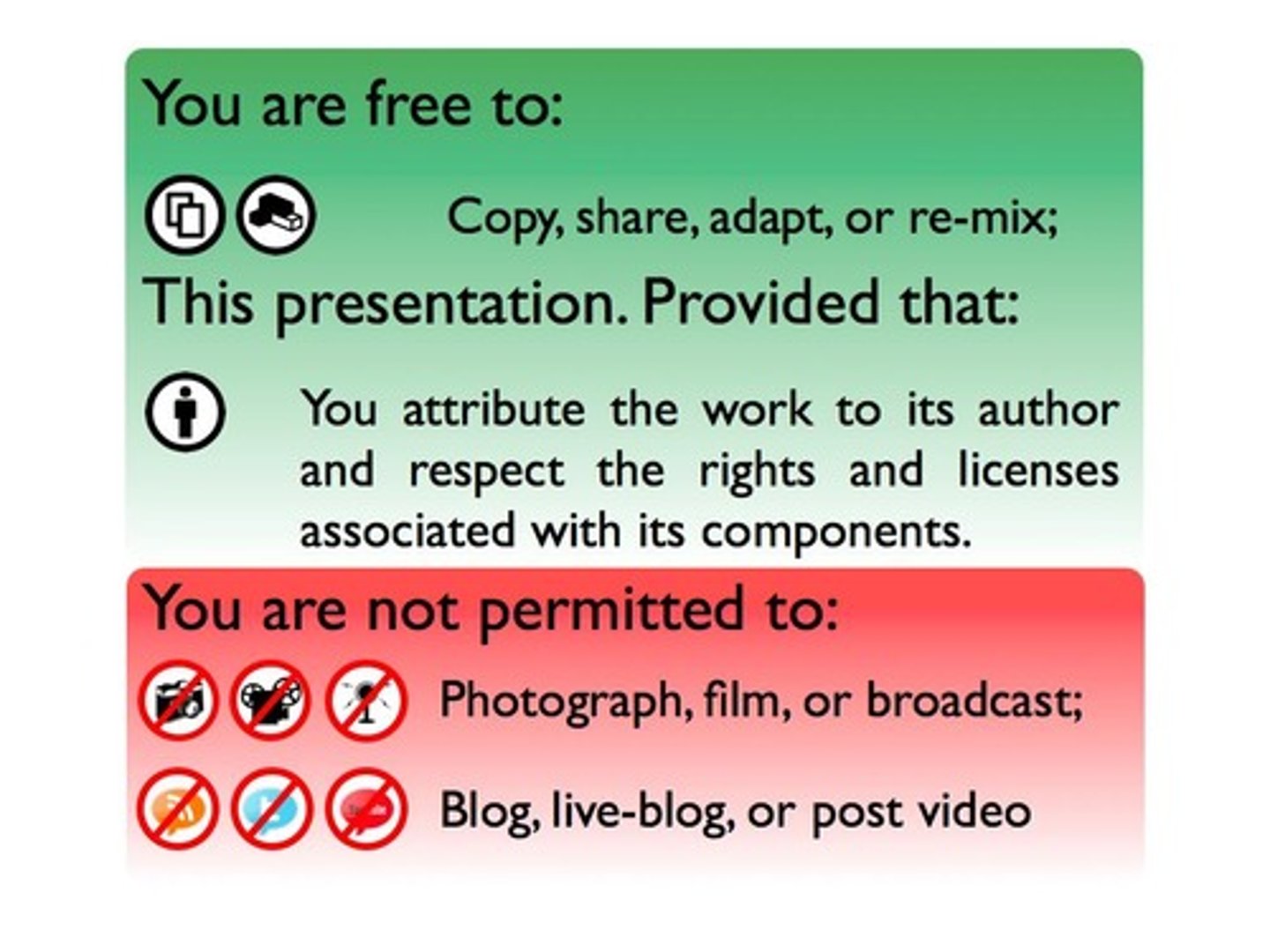
Stanley Milgram
conducted experiment studying obedience to authority
